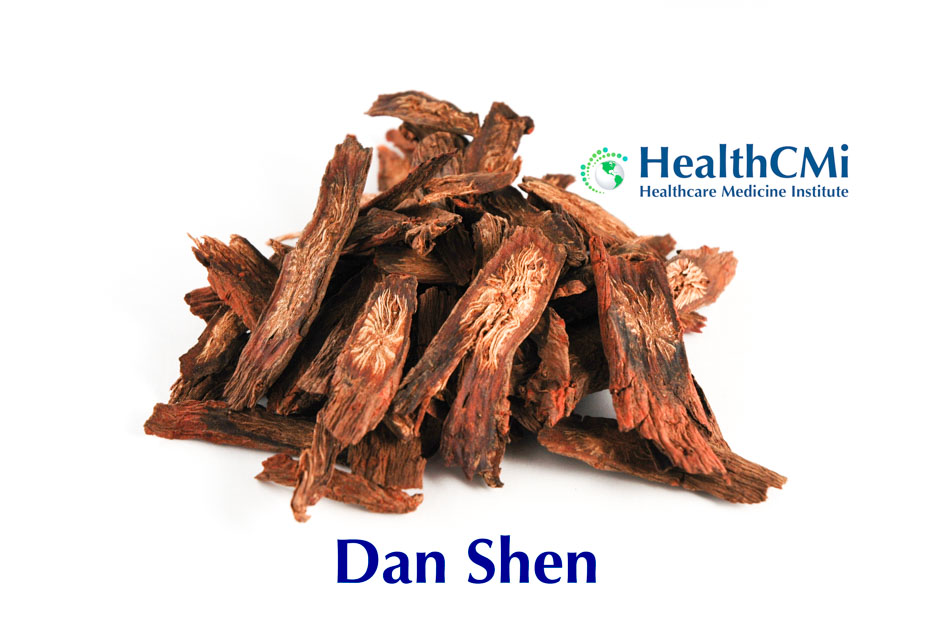
A systematic review and meta-analysis of randomized controlled trials has concluded that the proprietary herbal formula Xianling Gubao (XLGB) capsule is safe and effective for reducing pain and improving quality of life in patients with primary osteoporosis. While XLGB did not demonstrate significant superiority over conventional pharmaceuticals for fracture reduction or bone mineral density, its consistent analgesic and patient-reported outcome improvements highlight its role as a viable adjunct therapy [1].
The review identified eight randomized controlled trials involving 846 participants. Interventions included XLGB either as monotherapy or combined with standard agents such as calcium carbonate, vitamin D₃, calcitriol, alendronate sodium, and carbocalcitonin. Treatment durations ranged from three to twelve months. Only trials with a Jadad score ≥3 were included, strengthening methodological reliability [1].
Xianling Gubao capsule, approved by the China Food and Drug Administration in 2002, is composed of six herbs: Yin Yang Huo (Epimedium brevicornum, 淫羊藿), Xuduan (Dipsacus asper, 续断), Danshen (Salvia miltiorrhiza, 丹参), Zhimu (Anemarrhena asphodeloides, 知母), Dihuang (Rehmannia glutinosa, 地黄), and Bu Gu Zhi (Psoralea corylifolia, 补骨脂) [1].
Pain Relief: Visual analogue scale (VAS, 0–10) scores showed a mean reduction of –1.55 points (95% CI: –2.47 to –0.63) when XLGB was combined with conventional therapy compared to conventional therapy alone. Several trials reported reductions greater than –2.0 points, indicating clinically meaningful pain relief [1].
Quality of Life: Using the SF-36 questionnaire, one trial demonstrated that XLGB plus calcium carbonate, vitamin D₃, and calcitriol produced a 6.72-point improvement (95% CI: 2.82–10.62) over controls [1].
Bone Mineral Density: Five trials measured lumbar spine bone mineral density. XLGB showed similar efficacy to calcium carbonate with vitamin D₃ or alendronate sodium. As an adjunct, XLGB did not produce significant additional effects (MD: 0.13, 95% CI: –0.12 to 0.37). However, one comparison with carbocalcitonin, calcium carbonate, vitamin D₃, and calcitriol found modest gains in T-score values when XLGB was included [1].
Fractures: One twelve-month follow-up trial found fewer new fractures in the XLGB group (3/42) compared to controls (6/42), but this was not statistically significant (RR: 0.50, 95% CI: 0.13–1.87) [1].
Safety: Adverse events were infrequent and mild, including headache, reduced appetite, flushing, gastrointestinal upset, and constipation. There was no significant difference in incidence between XLGB and controls (RR: 0.90, 95% CI: 0.54–1.50). No severe adverse events were reported [1].
Phytochemical investigations identified icariin, quercetin, luteolin, and related flavonoids as active constituents targeting the WnT, TNF, MAPK, and PI3K-Akt pathways, all central to bone metabolism. XLGB has been shown experimentally to downregulate RANKL mRNA while upregulating osteoprotegerin mRNA, limiting osteoclastogenesis and bone resorption [1].
Traditional Chinese medicine theory attributes osteoporosis to Kidney deficiency and blood stasis obstructing the meridians. XLGB is said to tonify the Kidney, promote blood circulation, and clear channel obstruction, thereby strengthening bone and muscle [1].
For clinicians, XLGB may be considered primarily as an adjunctive therapy to relieve pain and improve patient quality of life. Although not superior to established drugs in bone density preservation or fracture prevention, its favorable safety profile and analgesic effect make it clinically relevant. The authors stress the need for larger, double-blind, placebo-controlled trials to confirm efficacy, particularly regarding fracture outcomes [1].
Source:
[1] Bai-Ru Cheng, Rou-Yan Wu, Qin-Yang Gao, Kai-Xin Jiang, Shuang-Sang Li, Shi-Hao Qi, Ming-Yi Yuan, and Jian-Ping Liu, “Chinese Proprietary Medicine Xianling Gubao Capsule for Osteoporosis: A Systematic Review and Meta-Analysis of Randomized Clinical Trials,” Frontiers in Endocrinology 13 (2022): 870277.